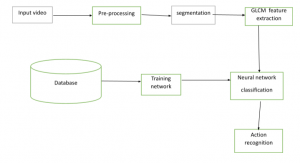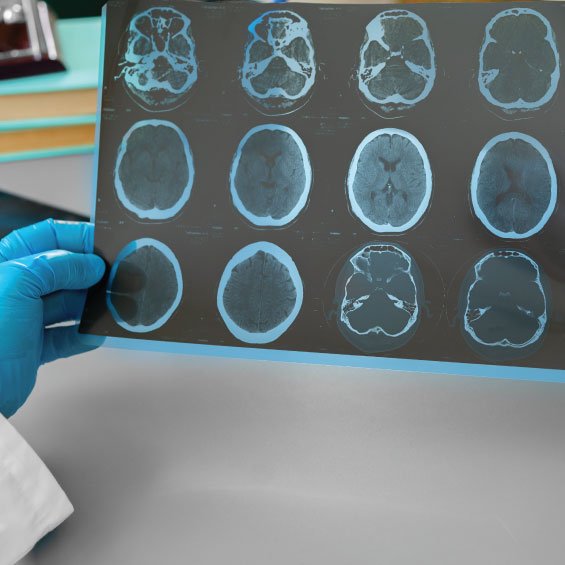Description
Human Action recognition Using Neural Network
ABSTRACT:
Nowadays, there is an ever-increasing migration of people to urban areas. Health care service is one of the most challenging aspects that is greatly affected by the vast influx of people to city centers. Consequently, cities around the world are investing heavily in digital transformation in an effort to provide healthier ecosystems for people. This project proposes a model (HAPP) that utilizes smart home big data as a means of learning and discovering human activity patterns for health care applications. The proposed model uses frequent pattern mining, cluster analysis, and prediction to measure and analyze energy usage changes sparked by occupants’ behavior. HAPP system addresses the need to analyze energy consumption patterns at the appliance level, which is directly related to human activities. The data from smart meters are recursively mined in the quantum/data slice of 24 h, and the results are maintained across successive mining exercises.
SCOPE OF PROJECT:
The main contributions of this project therefore are
- Data Analysis
- Dataset Preprocessing
- Training the Model
- Testing of Dataset
SYSTEM ANALYSIS
EXISTING SYSTEM:
- Previous works failed to handle long-term behavior changes.
- Previous approaches have not considered appliance-level usage details.
- Operation overlaps have not been considered.
- Deriving accurate predictions has been a challenge so far.
- Previous models can be used only for short-term predictions.
- Some of the approaches are found to be good at experimental setup but have not considered real-world scenarios.
Disadvantage
- Activities of daily living (ADL) of users are monitored and the general activity patterns are modeled according to the user’s position in his/her environment.
- Thereby, any anomalous or unexpected behavior of the activity pattern can be detected.
- Moreover, other research has been employed to mitigate the activity recognition issues with different approaches in various real-world activities.
- However, the diversity and complexity in activities are often very high in daily living.
PROPOSED SYSTEM
- The HAPP model is based on appliance usage variations in smart homes.
- This model utilizes FP growth for pattern recognition.
- This model applies a k-means clustering algorithm to identify appliance-appliance and appliance-time associations. This is achieved by Incremental mining.
- A Bayesian network has been applied for activity prediction based on individual and multiple appliance usage.
- For added accuracy, the HAPP model integrates both appliance-appliance and appliance-time associations.
Advantage
- According to, it was demonstrated that the FP-growth is as successful as other techniques, such as the Eclat method for fast discovery of association rules, a recursive elimination method, Relim, to find frequent itemsets, and the Decision tree algorithm.
- Therefore, the FP-growth is given as input to the K-pattern clustering and its efficiency contributes widely to the identification of frequent activity patterns of user behavior in the smart home environment.
- The last stage is to group similar patterns by using the frequent activity patterns’ mining.
HARDWARE REQUIREMENT
MONITOR
HDD: 1TB
RAM: 8GB
SOFTWARE REQUIREMENT
MATLAB 2020 A
Human Action recognition Using Neural Network
BLOCK DIAGRAM:

Human Action recognition Using Neural Network
REFERENCE:
[1] J. Wang, Y. Chen, S. Hao, X. Peng, and L. Hu, ‘‘Deep learning for sensor-based activity recognition: A survey,’’ Pattern Recognit. Lett., vol. 119, pp. 3–11, Mar. 2019. [Online]. Available: http://www.sciencedirect. com/science/article/pii/S016786551830045X
[2] O. D. Lara and M. A. Labrador, ‘‘A survey on human activity recognition using wearable sensors,’’ IEEE Commun. Surveys Tuts., vol. 15, no. 3, pp. 1192–1209, 3rd Quart., 2013.
[3] M. Zhang and A. A. Sawchuk, ‘‘USC-HAD: A daily activity dataset for ubiquitous activity recognition using wearable sensors,’’ in Proc. ACM Conf. Ubiquitous Comput. (UbiComp), Pittsburgh, PA, USA, Sep. 2012, pp. 1036–1043.
[4] D. Roggen, A. Calatroni, M. Rossi, T. Holleczek, K. Forster, G. Troster, P. Lukowicz, D. Bannach, G. Pirkl, A. Ferscha, J. Doppler, C. Holzmann, M. Kurz, G. Holl, R. Chavarriaga, H. Sangha, H. Bayati, M. Creatura, and J. D. R. Millan, ‘‘Collecting complex activity datasets in highly rich networked sensor environments,’’ in Proc. 7th Int. Conf. Netw. Sens. Syst. (INSS), Kassel, Germany, Jun. 2010, pp. 233–240.
[5] E. Kim, S. Helal, and D. Cook, ‘‘Human activity recognition and pattern discovery,’’ IEEE Pervez. Comput., vol. 9, no. 1, pp. 48–53, Jan. 2010.



































































































































































































































































































































































































































































































































































































































































































































































































































































































































































































































































Customer Reviews
There are no reviews yet.